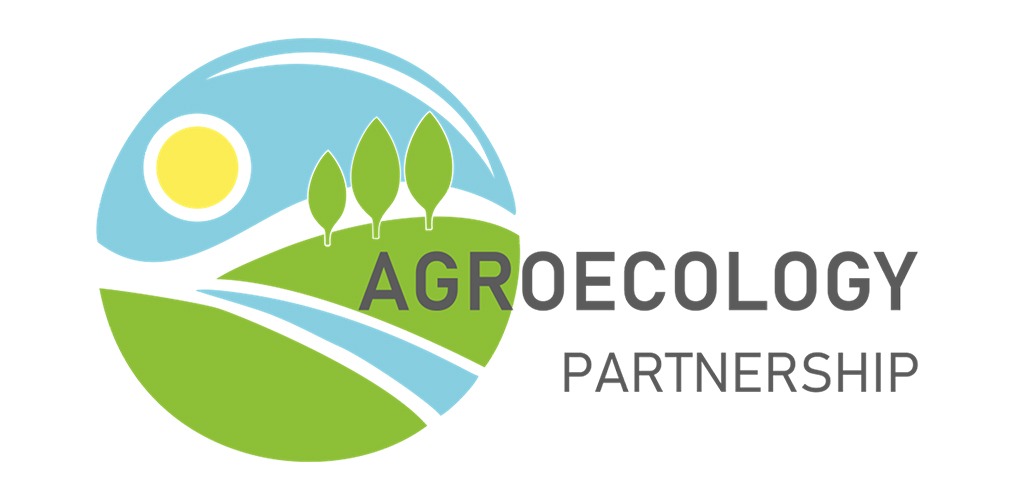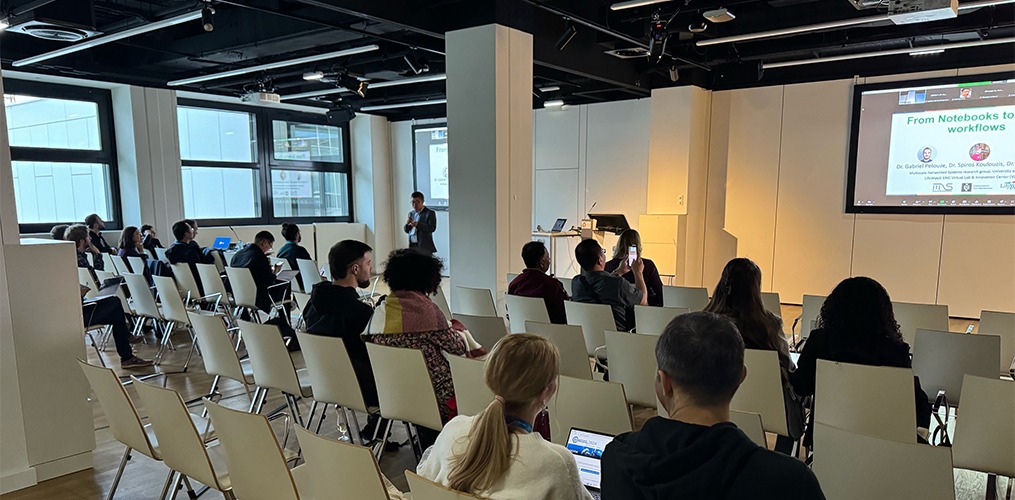The European Strategy Forum on Research Infrastructures (ESFRI) Landmarks were introduced in the ESFRI Roadmap 2016 as reference Research Infrastructures (RIs) and are pillars in the European Research Area (ERA) landscape, offering not only services to academic research but also supporting development and innovation. Guaranteeing the excellence of the Landmark label, ESFRI shoulders responsibility for monitoring the quality of the RIs listed in the ESFRI roadmap as Landmarks. Therefore, it has started the evaluation process of all active ERICs subdividing them in three batches, in 2022.
LifeWatch ERIC had entered the ESFRI Roadmap back in 2006, while it was attributed the status of Landmark in 2016 and has then formally established as a European Research Infrastructure Consortium on 17 March of the following year.
“This spring it was time for LifeWatch ERIC, together with the other RIs of the third batch, to undergo its first five-year monitoring assessment which will be carried out by a dedicated Monitoring Panel” says Christos Arvanitidis, LifeWatch ERIC CEO. “The report submitted by LifeWatch ERIC provides a picture of the advancements and results achieved in the last first years of its activity, as well as of the challenges ahead of us. I want to thank all LifeWatch ERIC and National Distributed Centres colleagues, who contributed to the submission of this report, as well as the members of our Scientific and Technical Advisory Board (STAB) and General Assembly”.
The Monitoring should further enable regular exchange between ESFRI and Landmarks on their long-term development, assess the quality of each individual Landmark, identify possible problems and support the Landmarks to take appropriate actions. It shall also provide information on the performance, outputs and impacts of the Landmarks.
The results of the 3rd batch evaluation are expected by December 2024.
To know more about the ESFRI Landmark Monitoring, please refer to:
www.esfri.eu/monitoring





